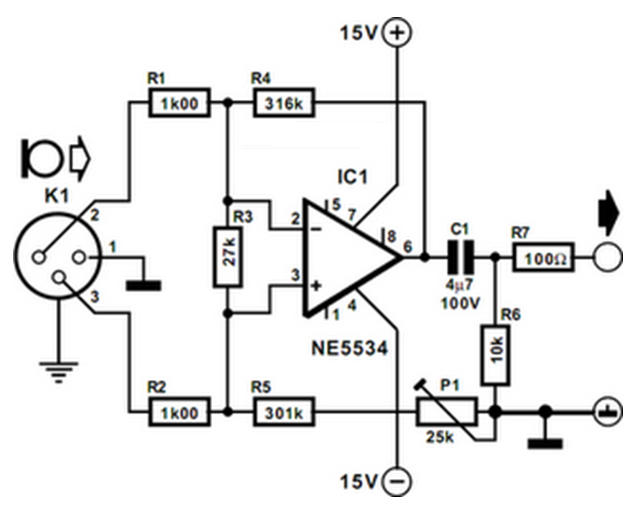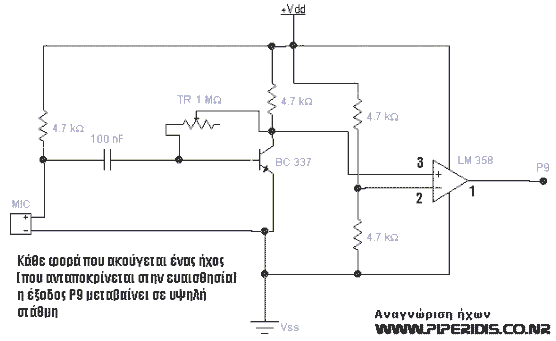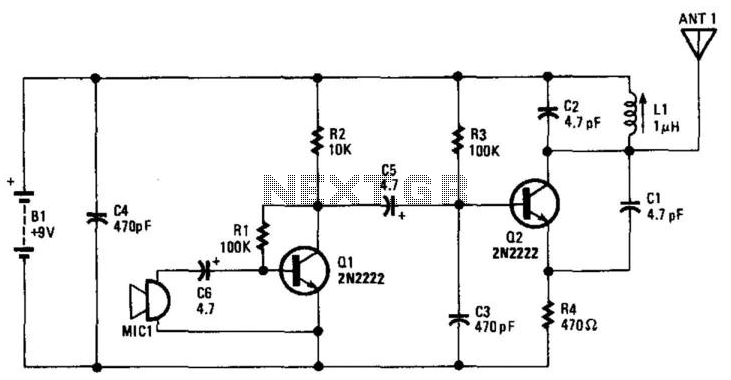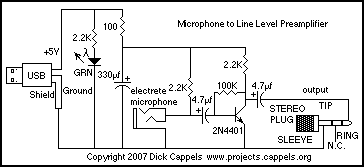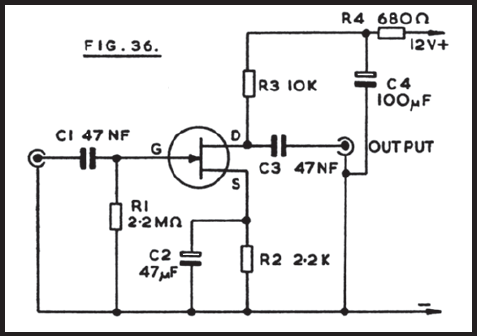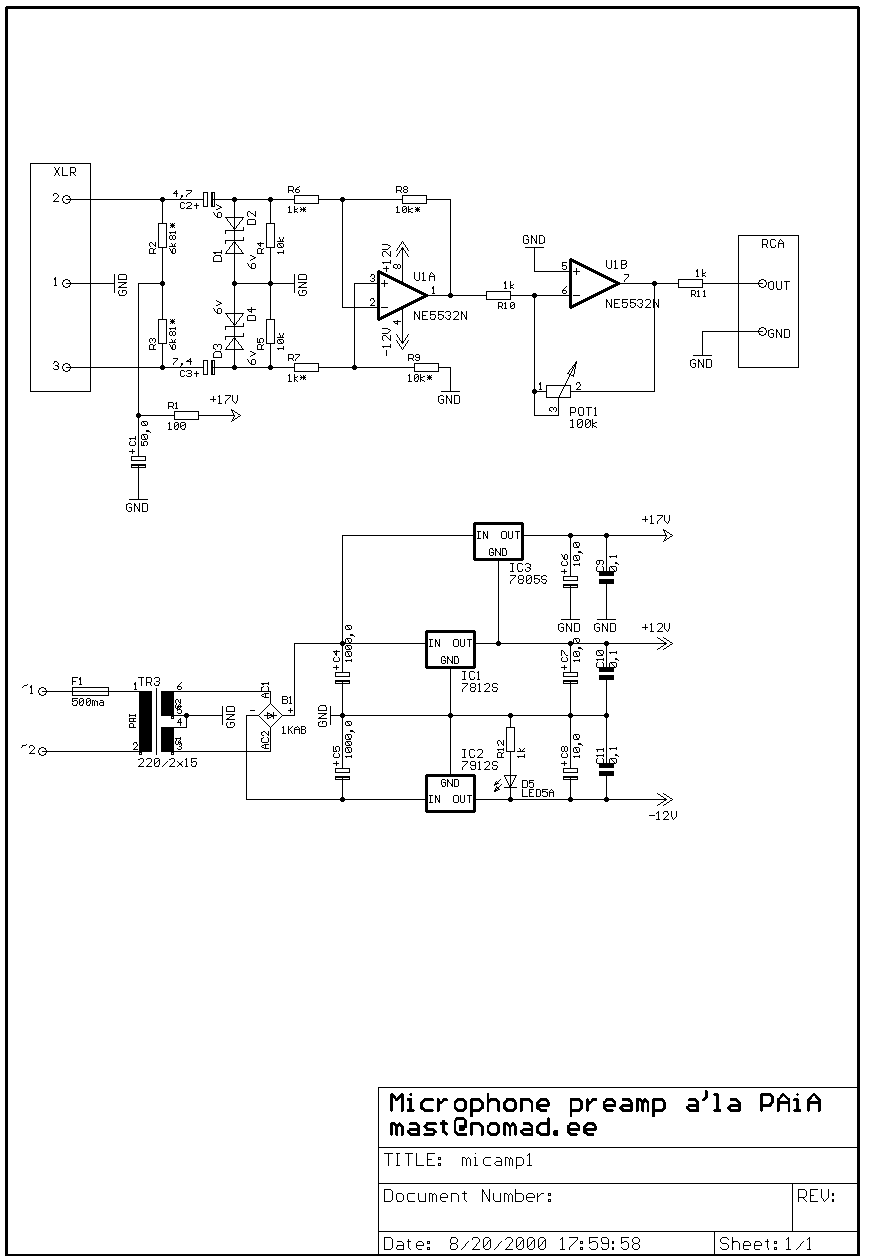
microphone GoldenAge TC 1

The microphone's capsule is believed to be a 32mm outer diameter (OD) design with a 26mm diaphragm and 3-micron membranes. It is most likely the standard Chinese-made 32mm K67 capsule commonly found in many inexpensive imported condenser microphones.
The 32mm K67 capsule is a popular choice in the manufacturing of budget-friendly condenser microphones due to its reliability and performance characteristics. This capsule features a large diaphragm that enhances sensitivity and provides a broader frequency response, making it suitable for various applications, including vocals and instruments. The 3-micron membrane thickness contributes to the capsule's ability to capture fine details in sound, resulting in a clearer audio reproduction.
The construction of the K67 capsule typically includes a brass or aluminum housing that provides durability while minimizing resonance and unwanted vibrations. The diaphragm is usually made from a thin polyester film, which is tensioned to achieve the desired acoustic properties. This design allows for effective sound wave interaction, translating acoustic energy into electrical signals with minimal distortion.
In terms of electrical characteristics, the K67 capsule operates on a polar pattern that is predominantly cardioid, which helps to isolate the sound source while reducing background noise. This feature is particularly beneficial in live sound environments and studio recordings, where clarity and focus on the primary sound source are crucial.
Overall, the K67 capsule's design and materials enable it to deliver a balanced sound profile, making it a widely used component in the construction of entry-level microphones across various brands. Its affordability and performance have solidified its place in the market, providing an accessible option for both amateur and professional audio applications.The mic`s capsule is believed to be a 32mm OD, 26mm diaphragm design with 3-micron membranes. It is most likely the standard Chinese-made 32mm K67 capsule found in most inexpensive imported condensers. 🔗 External reference
The 32mm K67 capsule is a popular choice in the manufacturing of budget-friendly condenser microphones due to its reliability and performance characteristics. This capsule features a large diaphragm that enhances sensitivity and provides a broader frequency response, making it suitable for various applications, including vocals and instruments. The 3-micron membrane thickness contributes to the capsule's ability to capture fine details in sound, resulting in a clearer audio reproduction.
The construction of the K67 capsule typically includes a brass or aluminum housing that provides durability while minimizing resonance and unwanted vibrations. The diaphragm is usually made from a thin polyester film, which is tensioned to achieve the desired acoustic properties. This design allows for effective sound wave interaction, translating acoustic energy into electrical signals with minimal distortion.
In terms of electrical characteristics, the K67 capsule operates on a polar pattern that is predominantly cardioid, which helps to isolate the sound source while reducing background noise. This feature is particularly beneficial in live sound environments and studio recordings, where clarity and focus on the primary sound source are crucial.
Overall, the K67 capsule's design and materials enable it to deliver a balanced sound profile, making it a widely used component in the construction of entry-level microphones across various brands. Its affordability and performance have solidified its place in the market, providing an accessible option for both amateur and professional audio applications.The mic`s capsule is believed to be a 32mm OD, 26mm diaphragm design with 3-micron membranes. It is most likely the standard Chinese-made 32mm K67 capsule found in most inexpensive imported condensers. 🔗 External reference
